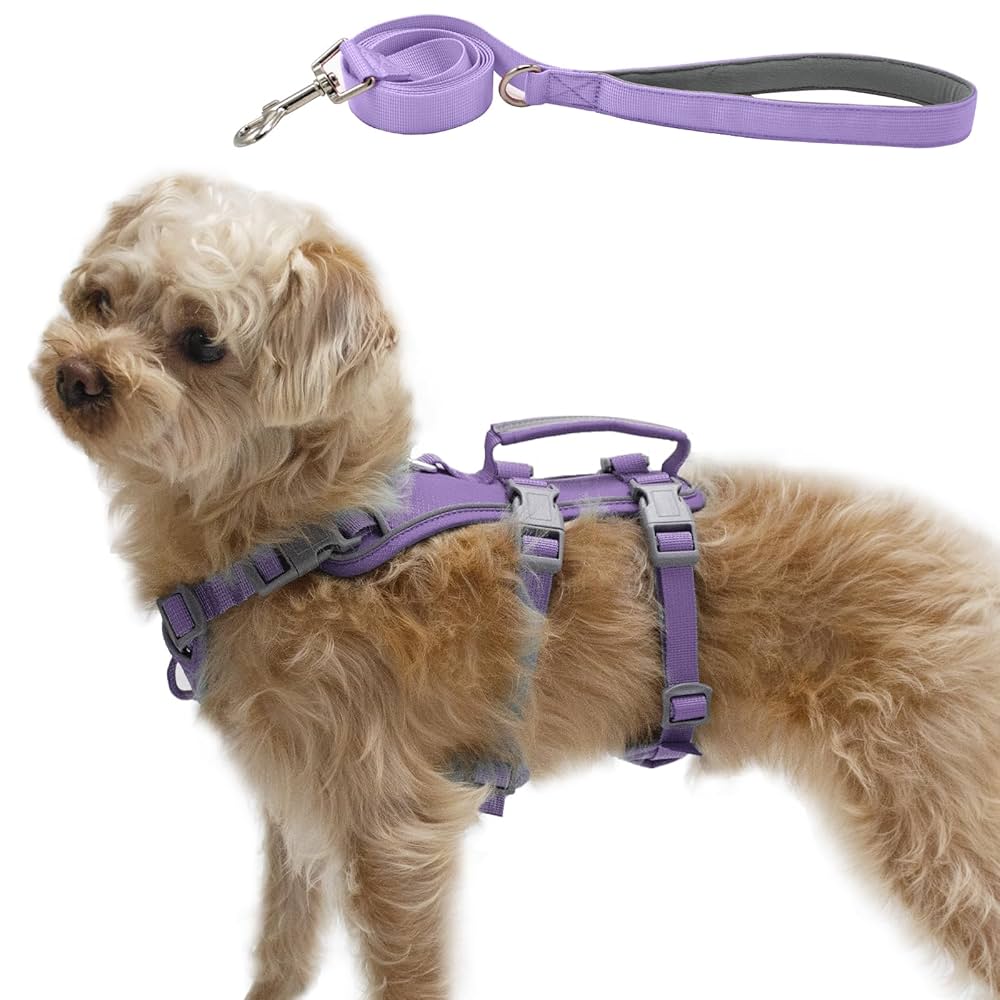Every dog owner understands the joy of walking their pet, whether it’s a stroll through the neighborhood or an adventure in the park. But beneath the fun lies an important responsibility: pet safety. One of the most crucial tools in ensuring safety is the dog leash. Simple as it may seem, a leash plays a powerful role in preventing escapes and keeping your dog out of harm’s way.
In this article, we’ll explore how dog leashes contribute to pet security, why leash training is essential, and what types of leashes are best suited to prevent escapes during walks or outdoor time.
Why Dog Leashes Are Essential for Pet Safety
Dog leashes aren’t just about keeping your dog close—they are about controlling movement, preventing runaways, and managing reactions to unexpected stimuli. Whether it’s a squirrel darting across the path or a loud car engine startling your pet, a leash helps you retain control in critical moments.
Here’s how leashes support pet safety:
- Prevent sudden escapes
- Reduce the risk of traffic accidents
- Protect against aggressive encounters with other animals
- Keep your dog from ingesting harmful substances
- Maintain compliance with local leash laws
In short, a leash is the first line of defense between a dog and potential danger.
Common Reasons Dogs Escape
To fully appreciate the importance of dog leashes, we need to understand why dogs try to escape in the first place:
1. Instinctual Triggers
Dogs often respond to movement. A squirrel, bird, or another dog can cause them to bolt. Even the most well-trained dog can have a lapse in self-control in the heat of the moment.
2. Fear or Anxiety
Loud noises, unfamiliar people, or strange surroundings can trigger panic responses in dogs, prompting them to run away to “escape” perceived danger.
3. Lack of Training
Dogs that haven’t been trained to walk on a leash may pull, lunge, or slip out of collars, increasing the risk of escape.
4. Curiosity and Playfulness
Many dogs simply want to explore. Without the physical boundary of a leash, even the most obedient pet can wander off in a moment of distraction.
How Dog Leashes Prevent Escapes
Physical Restraint
A leash physically connects you to your dog, preventing them from running away or getting too far ahead. For pets with a high prey drive or nervous disposition, this physical connection is essential.
Behavioral Management
When used alongside proper training, a leash teaches boundaries and reinforces your dog’s awareness of your presence. Over time, it helps dogs learn to walk calmly and stay close.
Escape Prevention in Crowded or Urban Areas
Urban environments present many hazards—vehicles, bikes, open doors, and other dogs. In these environments, a leash is critical to keeping your pet by your side and out of danger.
Control During Emergency Situations
Unexpected scenarios—such as fireworks, car crashes, or aggressive dogs—can trigger sudden flight responses. A leash ensures your dog doesn’t react impulsively or dash into danger.
Types of Dog Leashes That Enhance Safety
Not all dog leashes are equally effective when it comes to preventing escapes. The type of leash you use should match your dog’s size, behavior, and the environment you’re walking in.
1. Standard Fixed-Length Leash
- Length: Usually 4–6 feet
- Material: Nylon, leather, or biothane
- Best for: Everyday walking and basic training
2. Retractable Leash
- Length: Up to 26 feet
- Best for: Open areas, recall training
3. Slip Leash
- Combines collar and leash into one
- Ideal for training and quick walks
4. Double-Handled Leash
- Features two grips: one at the end and one close to the collar
- Great for strong or reactive dogs
5. Harness with Leash Attachment
- Not technically a leash, but when used together, harnesses help prevent choking or slipping out
Leash Training: A Key to Escape Prevention
Using a leash is only part of the solution—leash training is essential for long-term success in preventing escapes.
Leash Training Tips:
- Start in a distraction-free environment.
- Reward calm behavior with treats or praise.
- Use consistent commands like “heel” or “stay close.”
- Avoid tension—keep a loose leash unless a correction is needed.
- Practice recall and stop commands regularly.
Over time, well-trained dogs associate the leash with guidance rather than restriction, leading to calmer, safer walks.
Real-Life Scenarios Where Leashes Save Lives
At the Park
A family is walking their dog when another off-leash dog charges. Thanks to a secure leash and harness, they pull their dog back in time to avoid confrontation.
On Vacation
While camping, a curious dog hears a rustle in the bushes and tries to dart into the woods. A retractable leash with a secure lock prevents the escape, and the dog is safely redirected.
During Fireworks
Loud fireworks send a dog into a panic. Because the dog was leashed during the outdoor celebration, it doesn’t bolt or get lost.
These examples highlight the critical role leashes play in real-world pet safety.
Final Thoughts
In the world of pet ownership, nothing is more important than safety. Dog leashes are one of the simplest yet most powerful tools in your arsenal to prevent escapes and protect your furry companion from unexpected dangers.
By choosing the right leash, practicing consistent training, and remaining vigilant in high-risk environments, you can ensure every walk ends with your dog by your side—not missing in action.


